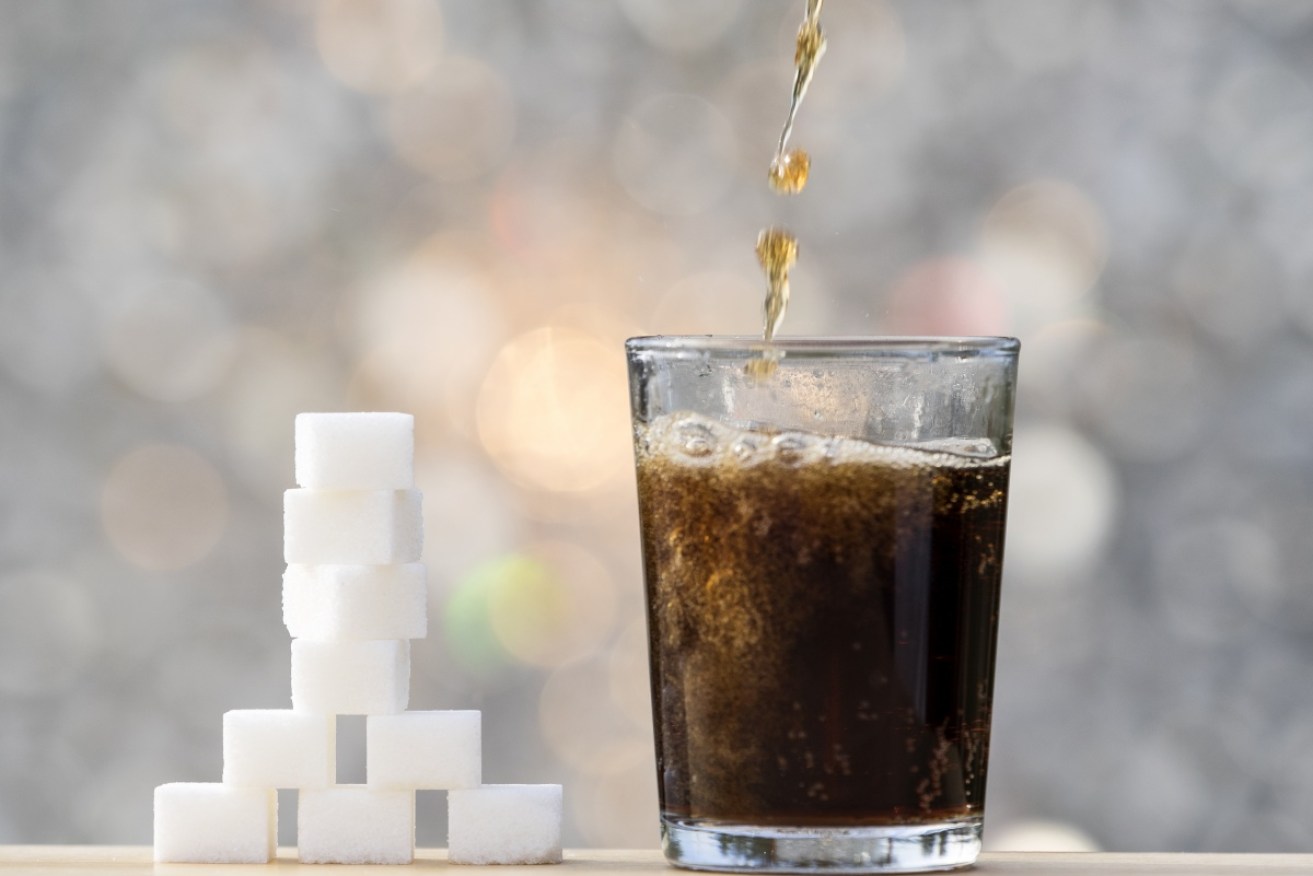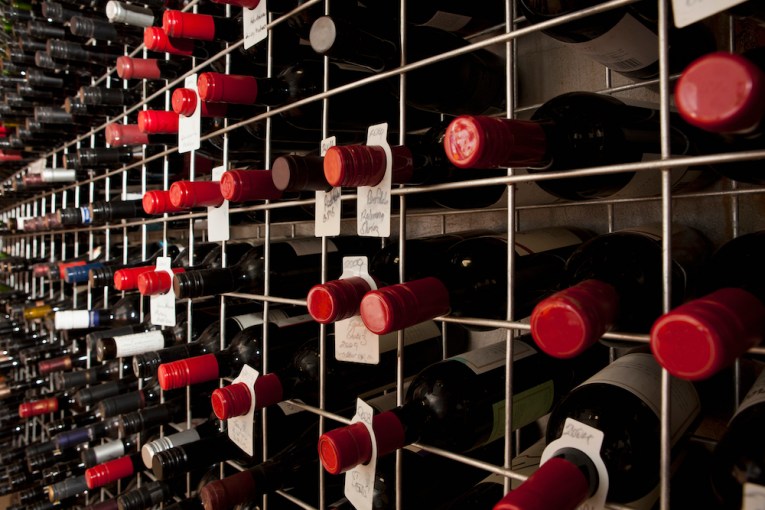New way to tell how much sugar is really in what you buy


Australians are largely unaware of just how much added sugar they consume each day. Photo: Getty
Food manufacturers should be forced to reveal the sugar content of their products in teaspoons, a move consumer group CHOICE says will make it much easier for consumers to reduce their sugar consumption.
The call comes as the federal government begins a public consultation into the labelling of sugars on food and drink products with the aim to better inform consumers about their dietary intake.
CHOICE’s Katinka Day welcomed the government’s push for greater transparency and clearer labelling, saying Australians consume 14 teaspoons of added sugar, on average, every day.
Some teenagers are consuming as much as 38 teaspoons of added sugar per day – the equivalent of the sugar in four cans of Coke, she said.
Better labelling could help consumers avoid up to 38.3 kilograms of added sugar a year, Ms Day said.
“For years CHOICE has been calling for added sugar labelling and it’s great to see the federal government putting forward options that will allow Australians to make genuinely informed decisions,” she said.
“It’s essential that we have labelling that allows people to easily identify the high level of sugar in these products, rather than letting companies get away with hiding this information in opaque statements on the back of packets.
“But on top of this, we need visual labelling of the amount of teaspoons of sugar in sugar-sweetened beverages to help people identify just how much sugar is in these drinks.”
Current labels in Australia make it difficult for consumers to distinguish what proportion of the overall sugar content has been added to a product by the manufacturer.
“At the moment you have to be a food scientist to identify added sugars in processed foods,” Ms Day said.
“People in Australia have no clear way of knowing how much sugar has been added to a food.”

Australians want to see added sugar labelling in the nutritional information label, research shows. Photo: CHOICE
Leading nutritionist and dietician Dr Rosemary Stanton told The New Daily changes to food labelling would mean consumers are less likely to be misled.
“The sugars in ‘intact’ fruit, vegetables, milk and the very small amounts in grains are not a problem. The added sugars are,” she said.
“There was a court case over added sugars in Heinz snacks for one to three-year-olds over because they advertised them as 99 per cent fruit and vegetables when the fruit was largely fruit paste or fruit juice concentrate, which is basically sugar.”
The government consultation paper identifies the following policy options:
- Education on how to read and interpret labelling information about sugars
- Changes to the statement of ingredients
- Added sugars quantified in the nutrition information panel (NIP)
- Advisory labels for foods high in added sugars
- Pictorial approaches to convey the amount or types of sugars in a serving of food
- Digital linking to off-label, web-based information about added sugars content.
Consumers can have their say on sugar labelling by lodging a submission here. Submissions close in September.









